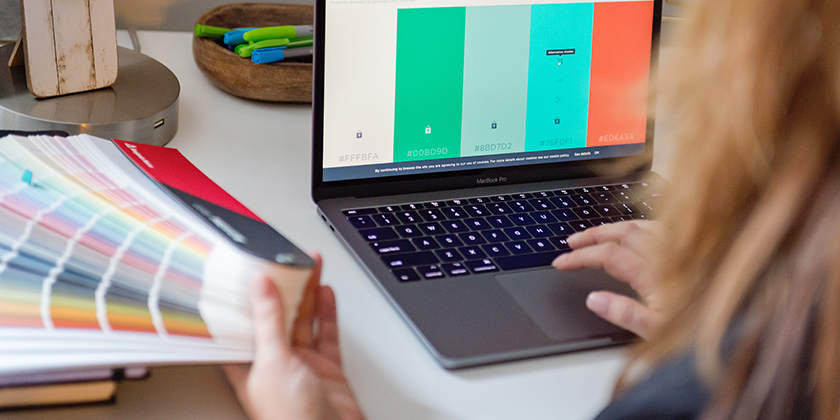Are you thinking about moods when you are designing something? Emotion plays a tremendous role. Not only does the project have its own mood, but the audience will also have emotions that influence how they interpret the design. Emotions also affect how people navigate the world around them, and those emotions can be influenced by the technologies and objects they interact with. Some emotions are more beneficial in design than others, but many products and their marketing strategies are based on playing with a broad range of emotions.
If you want to make an emotional connection with the audience, then you need to consider how emotions affect graphic design.
So how does emotion affect graphic design?
Aesthetics and Emotional Response
There is a reason why people tend to either love or hate products that make them feel things. Aesthetics can influence people at reflective, visceral, and behavioral levels. Not only do attractive items make people feel more positive, but things that make people feel good increase their interest and encourage them to interact with the product or message or design. That is why even a slight change in a brand logo can elicit such strong reactions from people.
An emotional response to graphic design is caused by aesthetics in the design itself: the colors, the fonts, and the imagery. Since emotional responses are governed by stimuli from the environment, you need to use emotion to influence the viewer correctly. Otherwise, the message you want to convey could be missed.
The Wheel of Emotions (and Color)
You may have heard of the color wheel and color theory, but what about the wheel of emotions? Developed by the psychologist Robert Plutchik in 1980, the wheel of emotions showcases colors and their associated emotions. Those emotions are also shown with their opposites, such as joy and sadness or surprise and anticipation or trust and distrust.
When using the wheel of emotions, you can find ways to incorporate colors in with images and text to evoke a certain emotion. For example, on the wheel, you will see that blues and purples can be used with displays of sadness, empathy, and wonderment. If you are trying to promote a food bank, you would use purple as the banner of your message. To promote an item that does something amazing, you might use blues as a highlight.
Other Elements That Affect Emotion
What affects emotions? Just about anything. Anything visual will be perceived by the brain as stimuli when used correctly. Consider everything you see throughout the day and how certain elements may be interpreted both positively and negatively.
Here are some factors:
- Shape
- Photographic style
- Texture
- Words
- Sound
- Color
In addition to that, you need to consider what the purpose of the graphic design is meant to be. What is the tone? Are you trying to be entertaining or lighthearted? Are you trying to establish a relationship with the viewer? Are you going to establish a pattern or create dissonance? Depending on the goal of the design, the elements you use are going to change.
Conclusion
Nearly every design you see is attempting to connect with an audience. Most of them are hoping to evoke an emotion or make the viewer feel something that makes them respond. Depending on the goal, your designs should work to appeal to specific things and make the design memorable enough to get results. By combining color and other elements, you can deliver a strong message.


